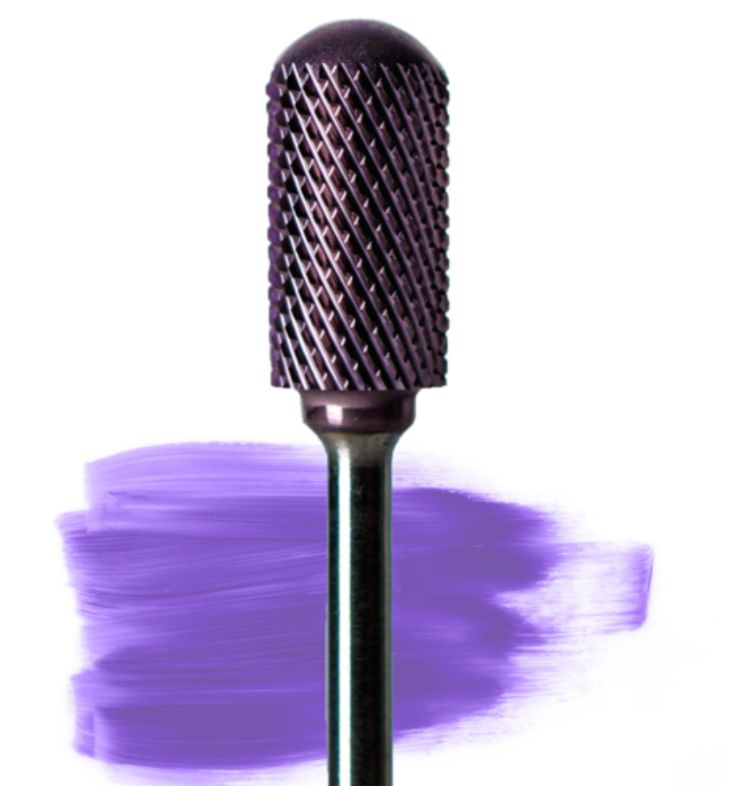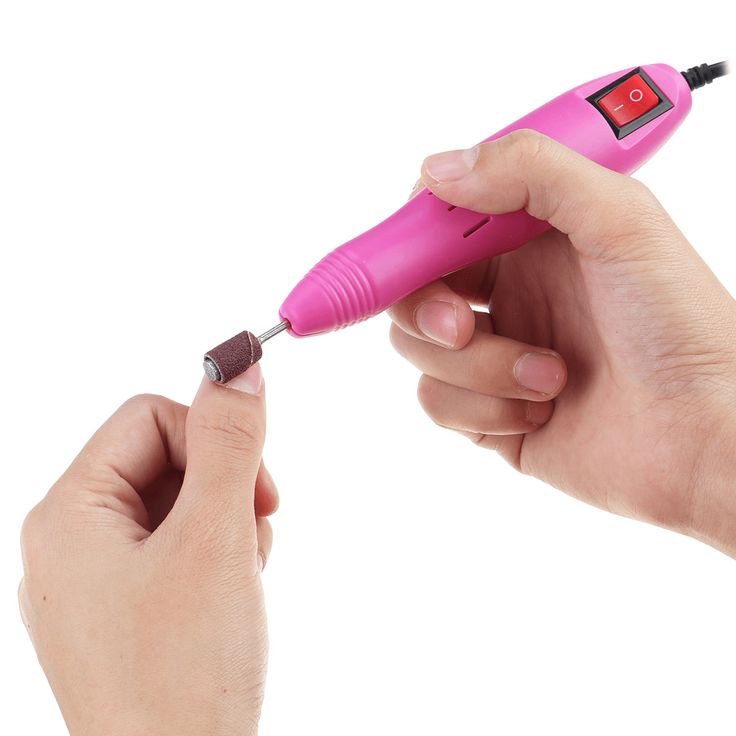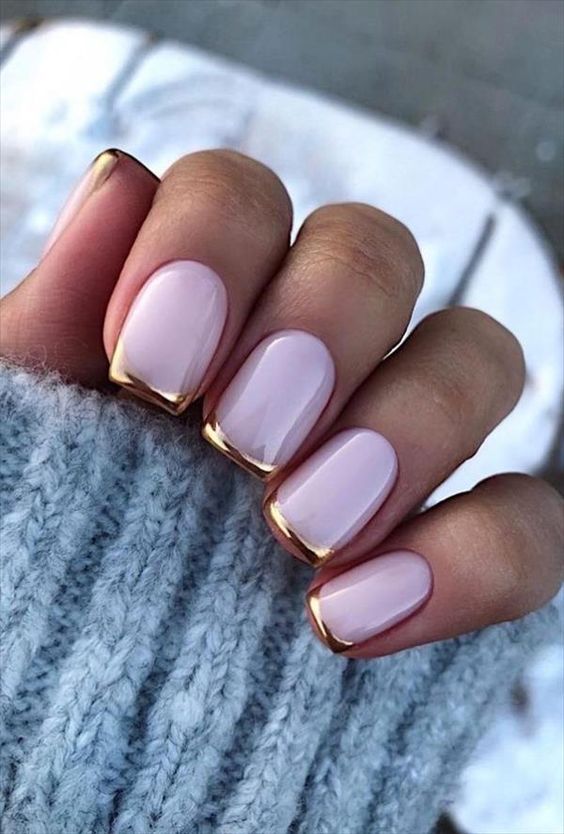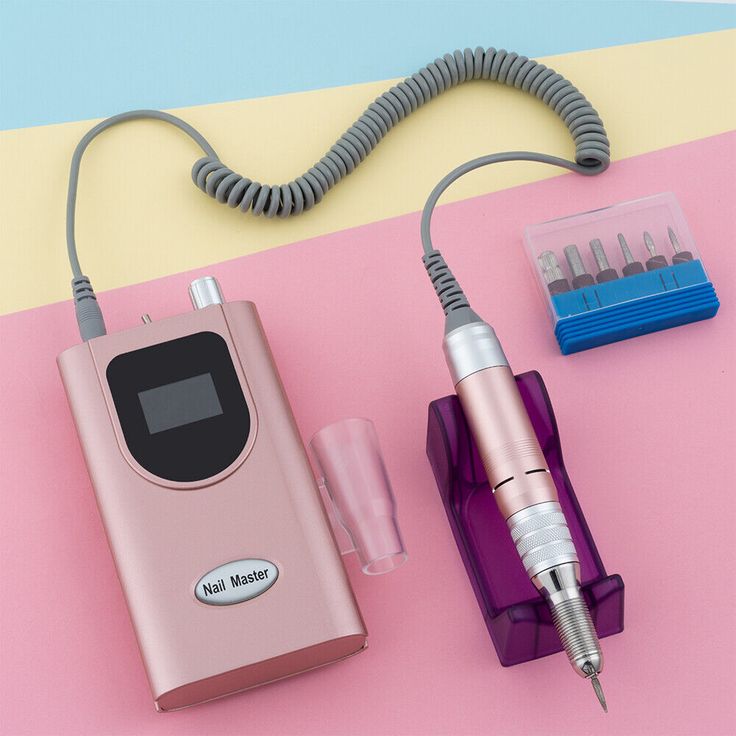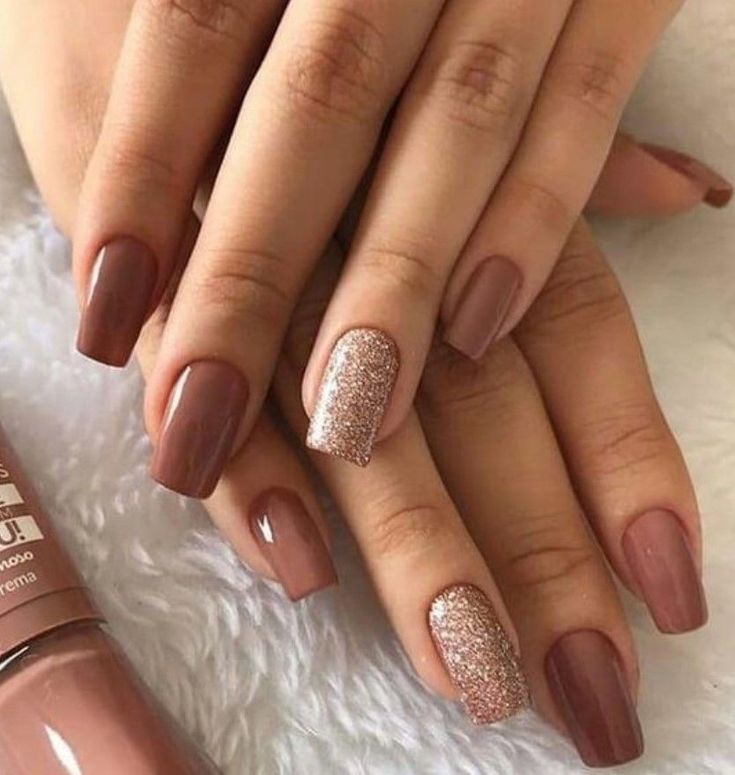
Interview with a Top Nail Technician: Nail Drill Tips & Tricks
- uzmdrill
- August 31, 2024
- 47 views
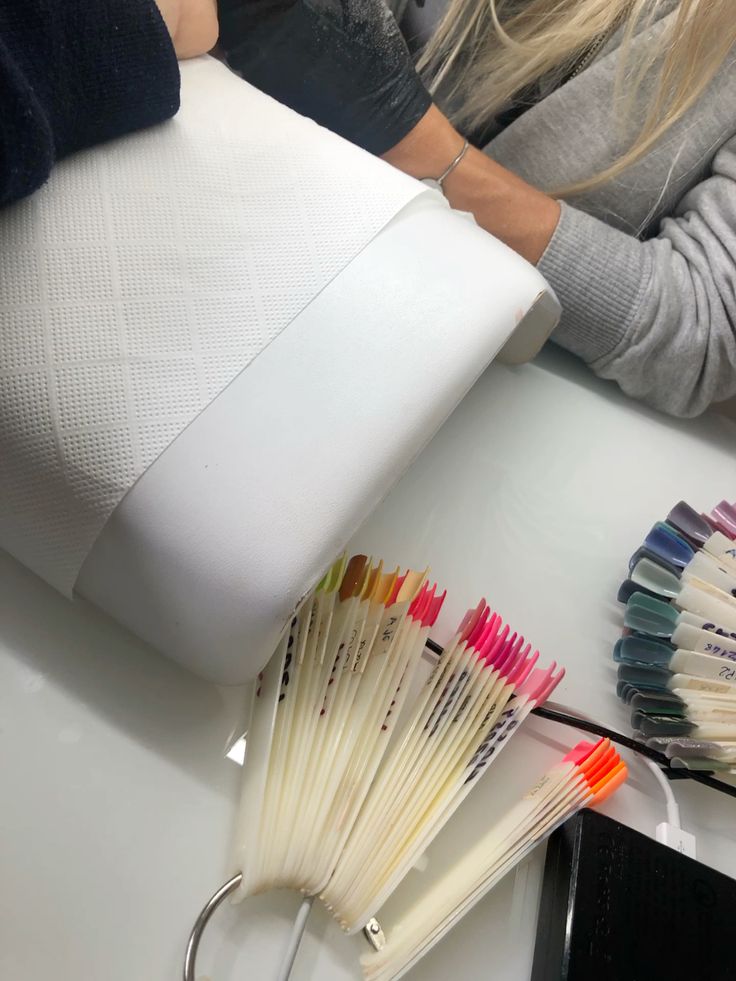
For anyone looking to master the art of nail care, using a nail drill machine effectively is a crucial skill. To help you get insider knowledge and improve your nail drilling techniques, we spoke with a top nail technician who shared valuable tips and tricks on how to use a nail drill like a pro. Read on to discover expert advice on achieving salon-quality results, maintaining your equipment, and ensuring nail safety.
Meet the Expert: Sarah Thompson
Sarah Thompson is a seasoned nail technician with over 15 years of experience in the beauty industry. She has worked with some of the top nail salons in the country and is renowned for her expertise in using nail drills for everything from shaping natural nails to creating intricate nail art designs.
1. Start with Quality Equipment
Q: What’s the first thing beginners should know about using a nail drill?
Sarah: The quality of your equipment makes a huge difference. Investing in a good nail drill machine can save you a lot of trouble. Look for one with adjustable speed settings and low vibration, which will help you gain control and reduce the risk of mistakes. The bits you use are equally important; always choose high-quality bits that are designed for the specific task you’re performing.
2. Master the Basics Before Moving to Advanced Techniques
Q: What advice do you have for beginners who are just starting to use a nail drill?
Sarah: Start with the basics and gradually work your way up to more advanced techniques. Practice using the drill on a low speed to get a feel for how it works. Focus on simple tasks like filing and shaping the nail. Once you’re comfortable, you can start experimenting with higher speeds and more advanced techniques like cuticle work and removing gel polish.
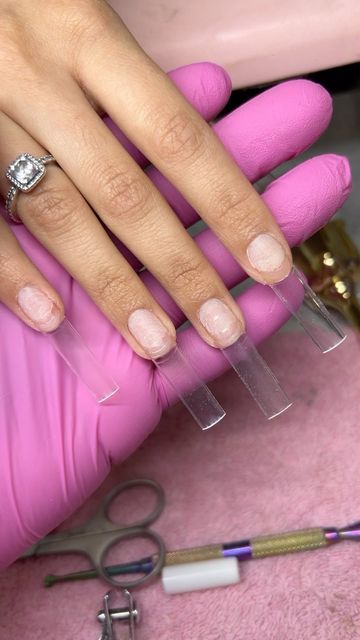
3. Use the Correct Drill Bit for Each Task
Q: How important is it to use the right drill bit for each task?
Sarah: Extremely important! Each bit is designed for a specific function. For instance, use a fine grit bit for natural nails to avoid damage, and a coarse grit bit for removing acrylics or gel polish. Using the wrong bit can result in damage to the nail or surrounding skin, so make sure you understand what each bit is used for before you start.
4. Safety Should Always Be a Priority
Q: Can you share some safety tips for using a nail drill?
Sarah: Absolutely. First, always wear a mask to avoid inhaling dust. Second, keep the drill moving at all times; never hold it in one place for too long, as this can generate heat and cause burns. Third, always sanitize your bits and machine before and after use to maintain hygiene and prevent infections.
5. Develop a Light Touch
Q: What’s one common mistake that you see people making with nail drills?
Sarah: Applying too much pressure is a big one. Remember, the drill is doing the work for you—you don’t need to push down hard. A light touch is all you need to guide the bit over the nail. This not only gives you a smoother finish but also prevents damage to the nail bed.
6. Regular Maintenance of Your Drill Machine
Q: How do you maintain your nail drill machine to ensure it lasts?
Sarah: Regular maintenance is key. Clean the bits thoroughly after each use and check the handpiece for dust buildup, which can affect performance. Also, periodically check the motor and cords for wear and tear. Following the manufacturer’s instructions for maintenance will help keep your machine running smoothly for years.
7. Don’t Rush the Process
Q: What final tip would you give to those learning to use a nail drill?
Sarah: Take your time. It’s tempting to rush when you’re excited to see the results, but going slow and steady is the best approach. Especially when you’re starting out, practice on a fake hand or practice fingers to build your confidence. Over time, your speed and technique will naturally improve.
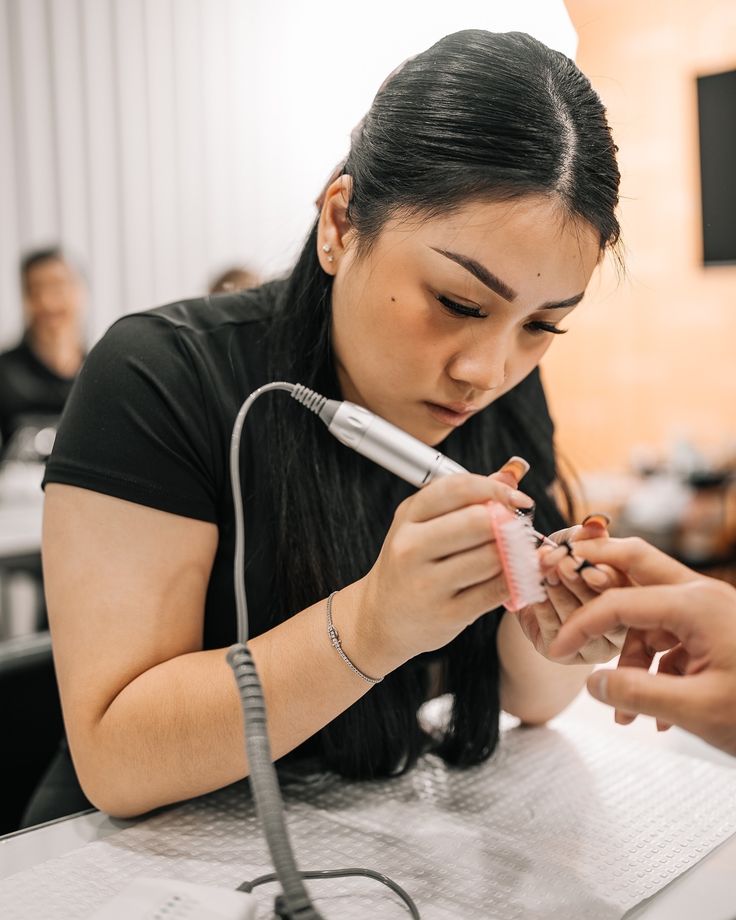
FAQs from the Nail Drill Community
Q1: Can I use a nail drill on natural nails?
A1: Yes, but with caution. Use a low speed and a fine grit bit designed specifically for natural nails to avoid thinning or damaging them.
Q2: What’s the best speed setting for a beginner?
A2: Beginners should start at a low speed, around 5,000 to 10,000 RPM, and only increase speed as they become more comfortable and confident with the drill.
Q3: How often should I replace my nail drill bits?
A3: The frequency of replacement depends on usage and the type of bit. Generally, you should replace bits every few months or when they become dull or damaged.
Q4: How do I know which drill bit to use?
A4: The choice of drill bit depends on the task. Use a coarse bit for removing product like acrylics or gel, a medium bit for refining and shaping, and a fine bit for smoothing the surface of natural nails.
Q5: What should I do if my nail drill overheats?
A5: If your drill overheats, turn it off immediately and let it cool down before using it again. Overheating can damage both the machine and your nails, so it’s important to use the drill in short bursts and avoid prolonged use.
Conclusion
Using a nail drill machine can seem daunting at first, but with the right guidance and practice, you can achieve professional-looking results at home. Remember, the key is to start with quality equipment, understand the basics, prioritize safety, and practice regularly. Following these expert tips from Sarah Thompson, you’ll be well on your way to becoming proficient with your nail drill, creating beautiful nails safely and effectively.

